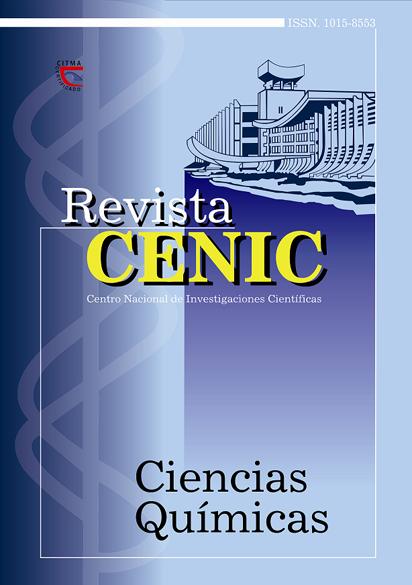Infrared Spectroscopy and the Multivariate Least Squares Calibration Method of multivariate least-squares calibration method in the prediction of the experimental octane number of gasolines of gasoline
Abstract
One of the essential tests for the quality control of automotive gasolines
is the determination of their knock characteristics by the research octane number
(RON). The RON is traditionally determined by a widely used ASTM standard procedure,
for which standard expensive equipment is needed, and which is also expensive
to run and maintain under optimal conditions. Moreover, it requires intensive
attention by the analyst (time consuming) and uses large amounts of sample
and reagents. Current guides specify that tests for certifying the end product have to
be carried out using standard method, but everyday tests which are used to monitor
production units could be performed using alternative methods. Mid-band Fourier
transform infrared spectroscopy (FT-MIR) combined with multivariate calibration
analysis is a versatile efficient and accurate technique for RON estimation of gasolines
and naphthas. This paper focusing on developing an alternative method for predicting
the research octane number of regular gasolines by using FT-MIR spectroscopy
combined with partial least-squares (PLS) multivariate calibration analysis. 35
gasolines samples with varied composition were taken for calibration. They were subject to the classical RON determinations
by using standard ASTM procedure.

Downloads
Published
How to Cite
Issue
Section
License

This work is licensed under a Creative Commons Attribution-NonCommercial-ShareAlike 4.0 International License.
Los autores que publican en esta revista están de acuerdo con los siguientes términos:
Los autores conservan los derechos de autor y garantizan a la revista el derecho de ser la primera publicación del trabajo al igual que licenciado bajo una Creative Commons Atribución-NoComercial-CompartirIgual 4.0 que permite a otros compartir el trabajo con un reconocimiento de la autoría del trabajo y la publicación inicial en esta revista.
Los autores pueden establecer por separado acuerdos adicionales para la distribución no exclusiva de la versión de la obra publicada en la revista (por ejemplo, situarlo en un repositorio institucional o publicarlo en un libro), con un reconocimiento de su publicación inicial en esta revista.
Se permite y se anima a los autores a difundir sus trabajos electrónicamente (por ejemplo, en repositorios institucionales o en su propio sitio web) antes y durante el proceso de envío, ya que puede dar lugar a intercambios productivos, así como a una citación más temprana y mayor de los trabajos publicados (Véase The Effect of Open Access) (en inglés).













